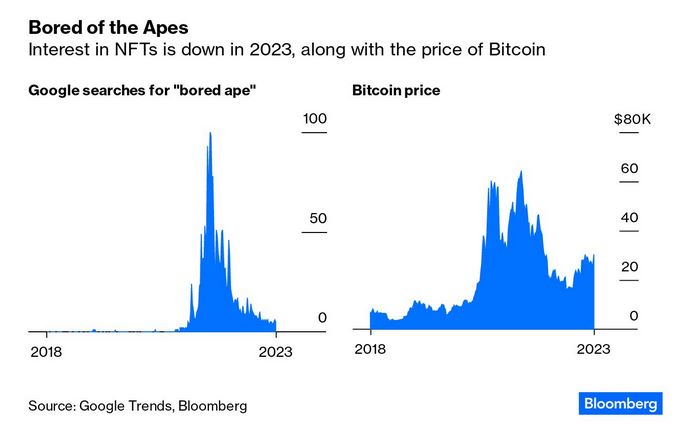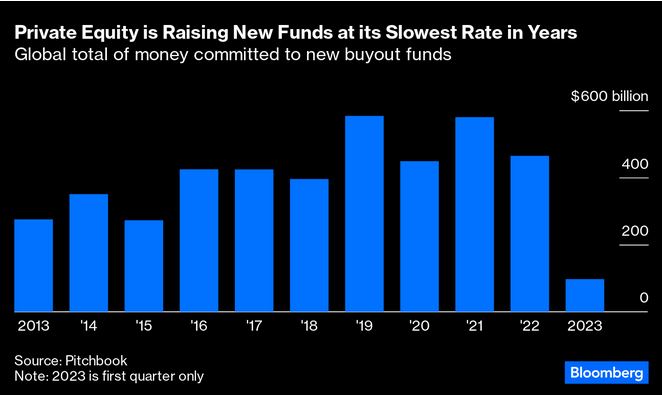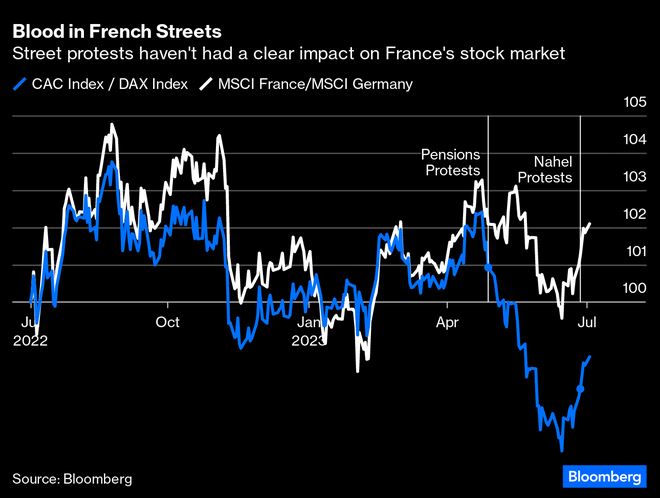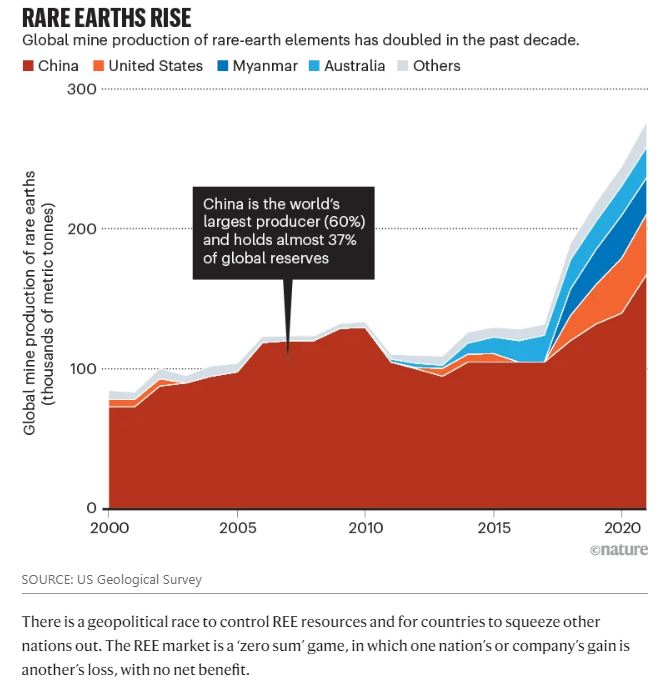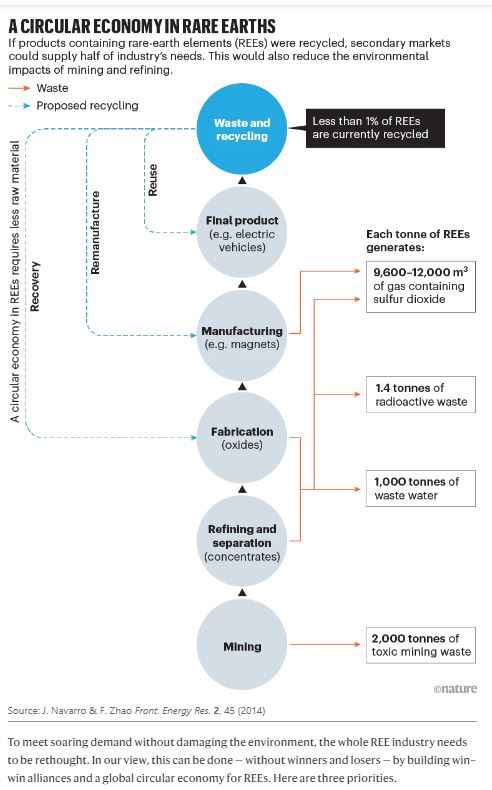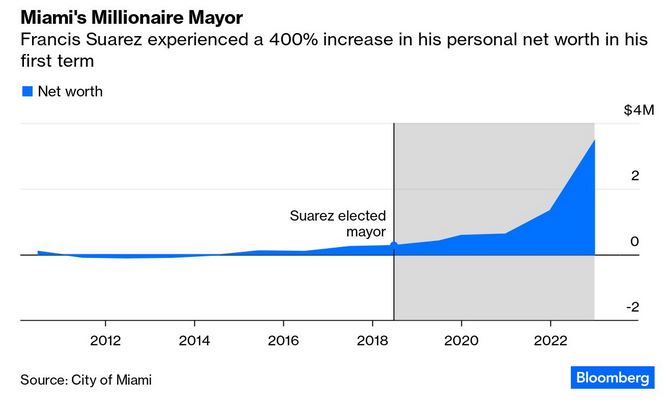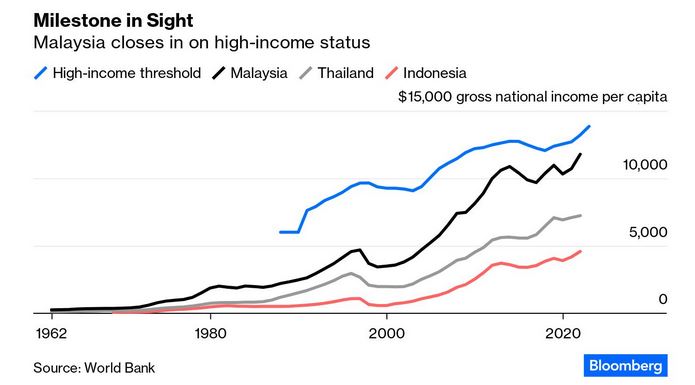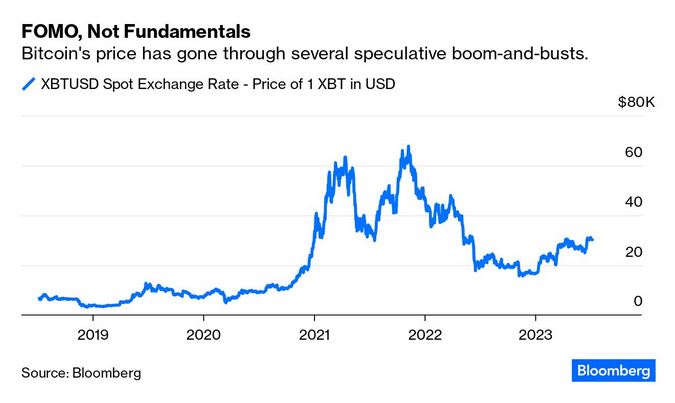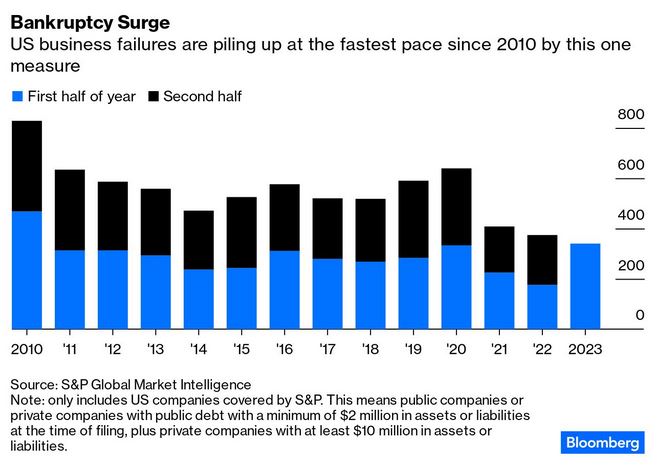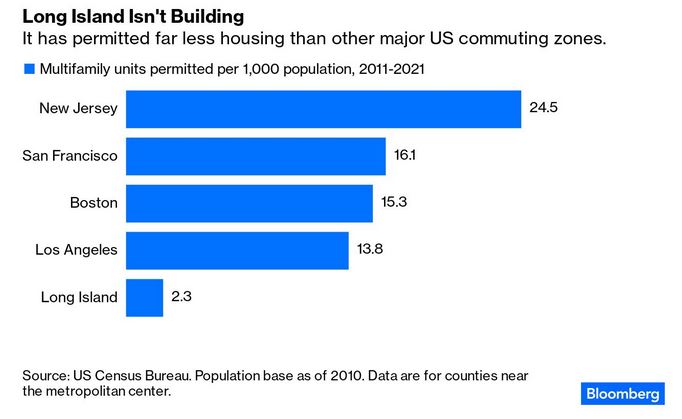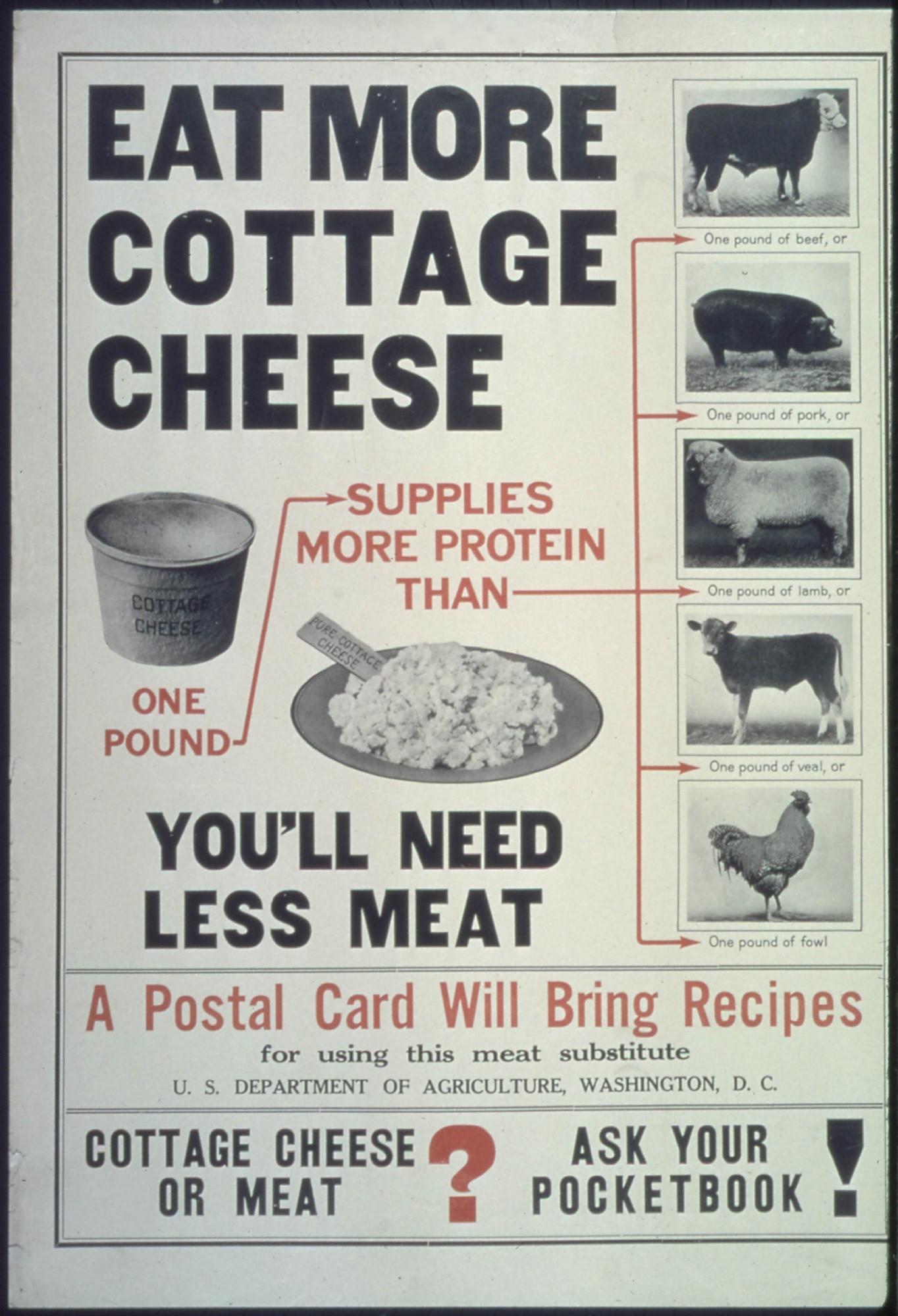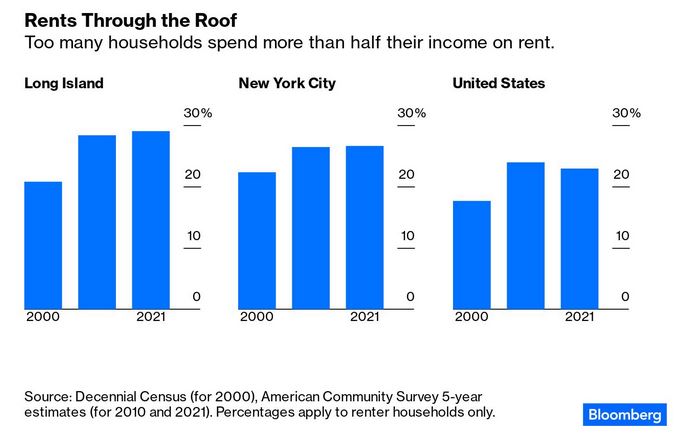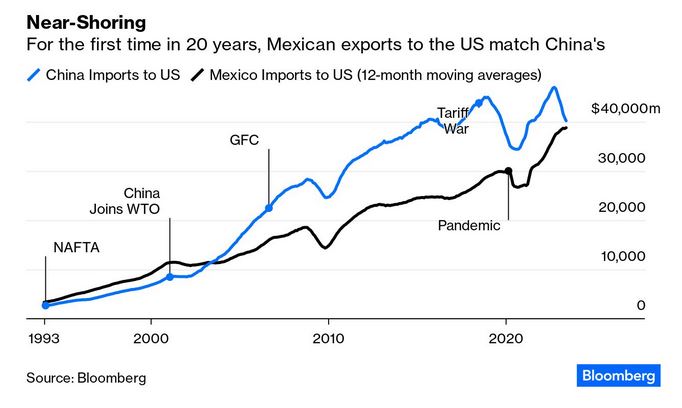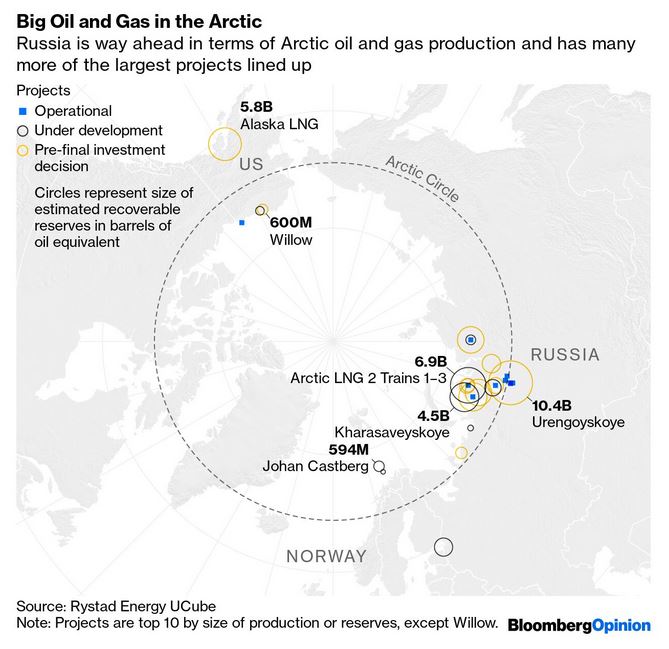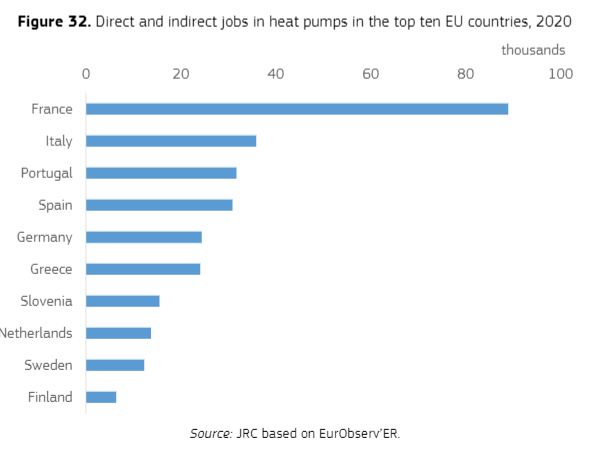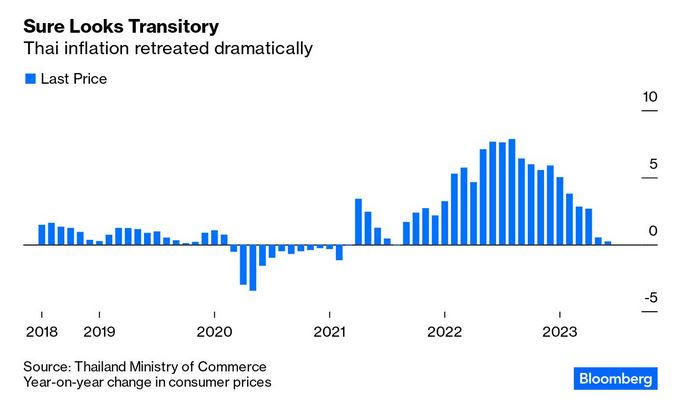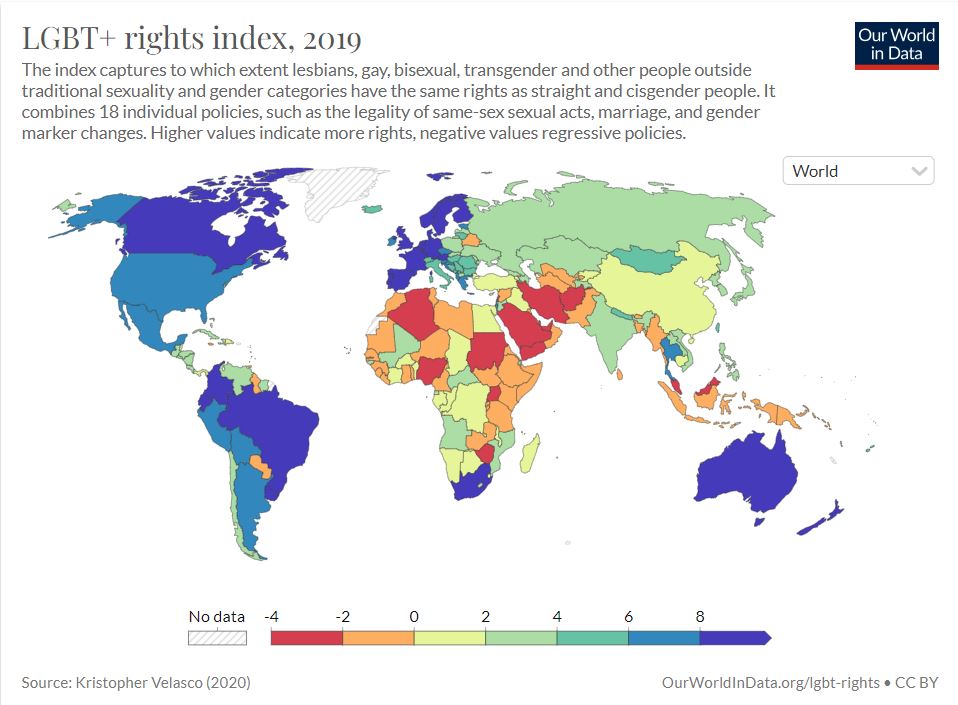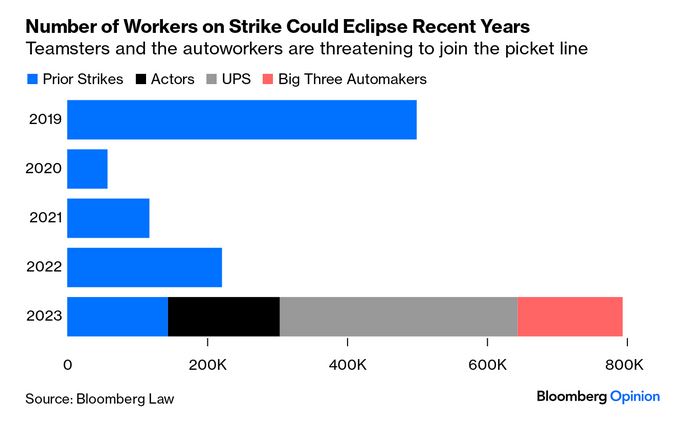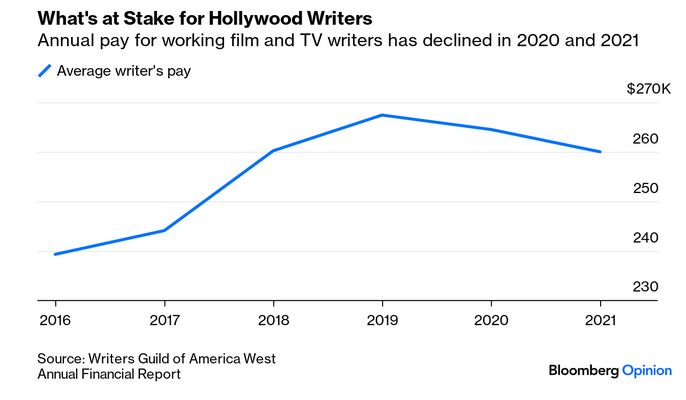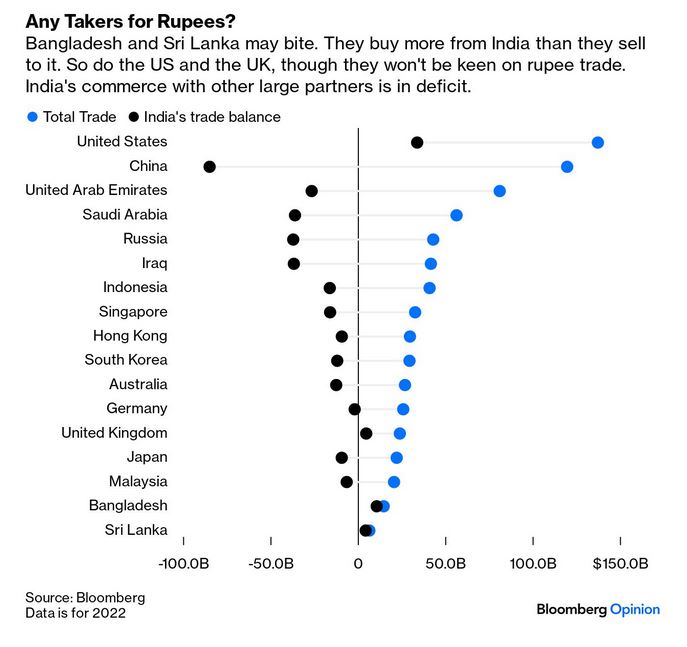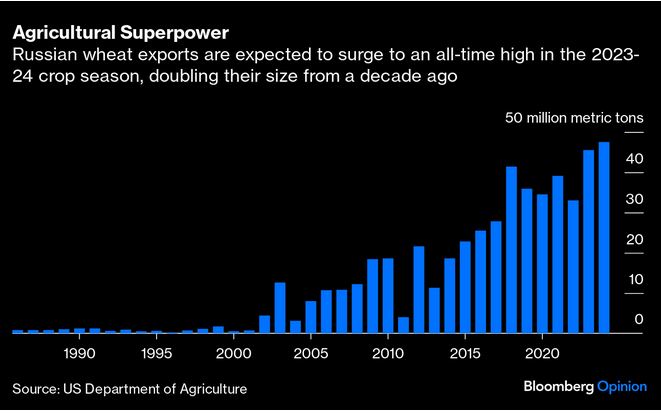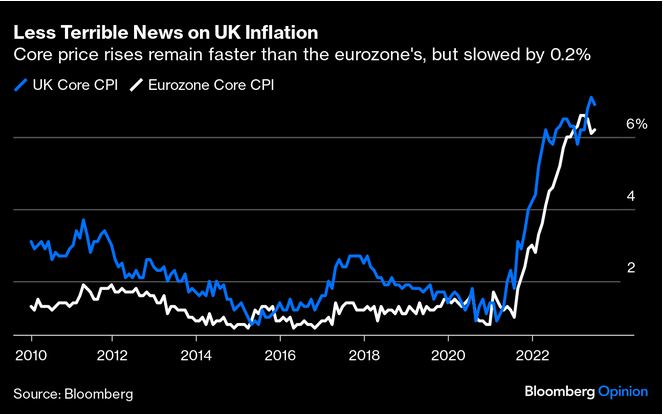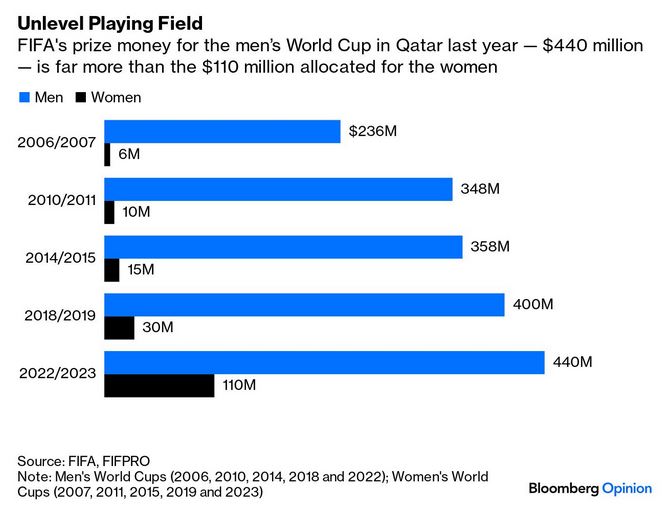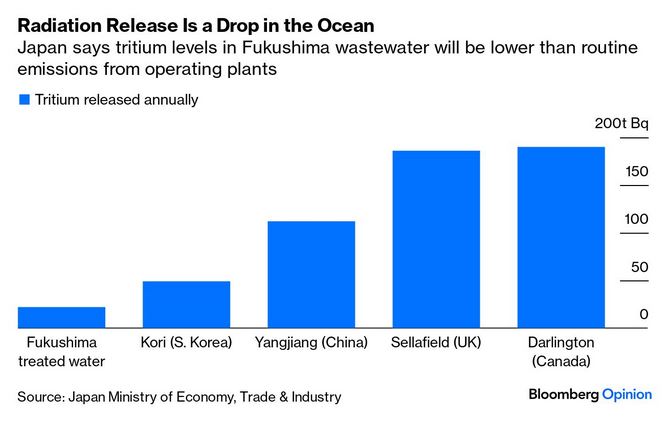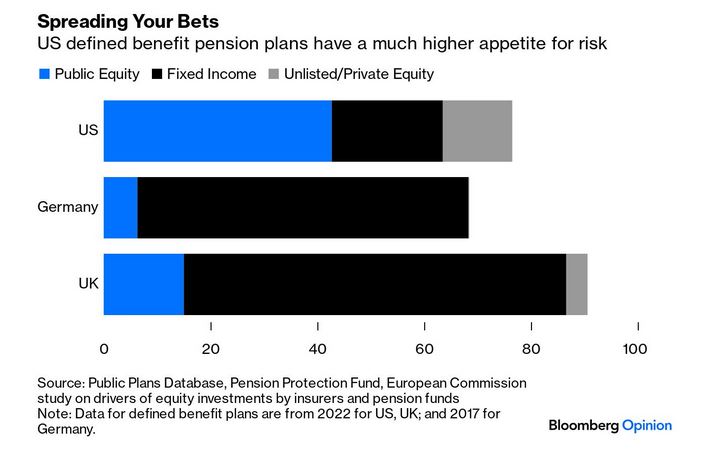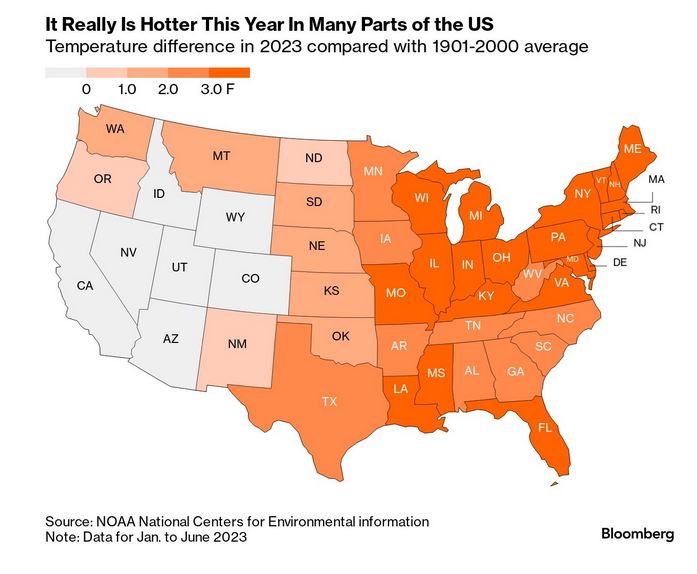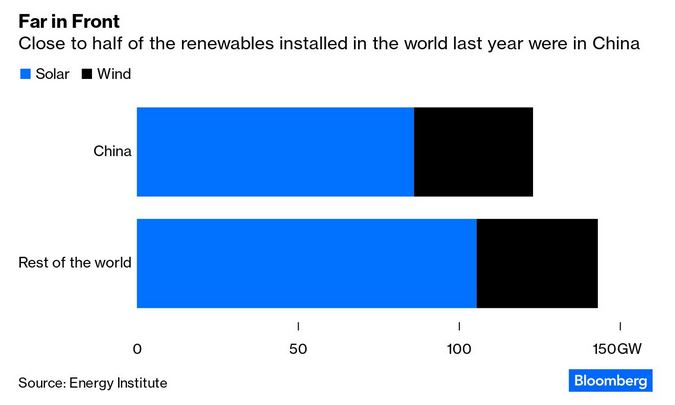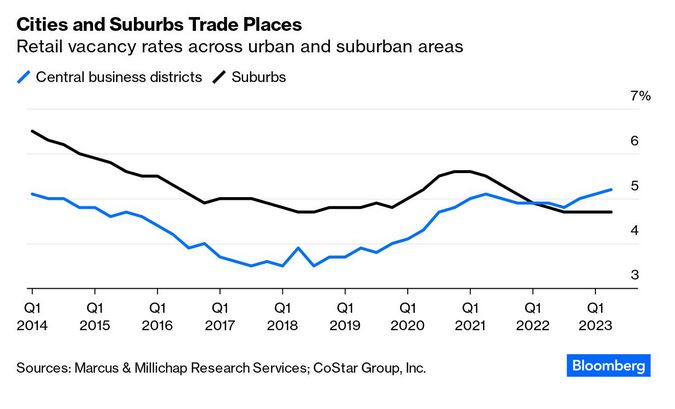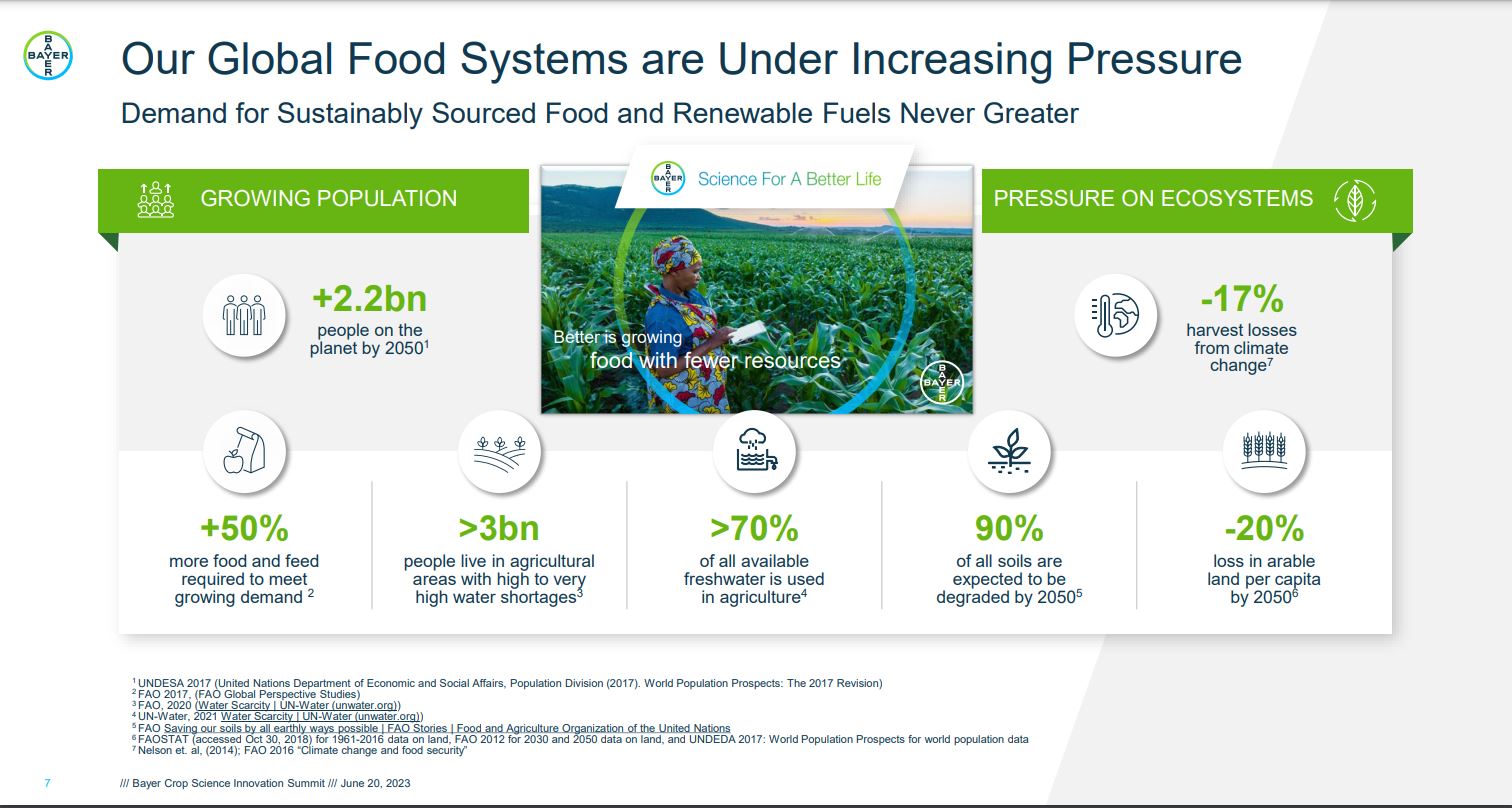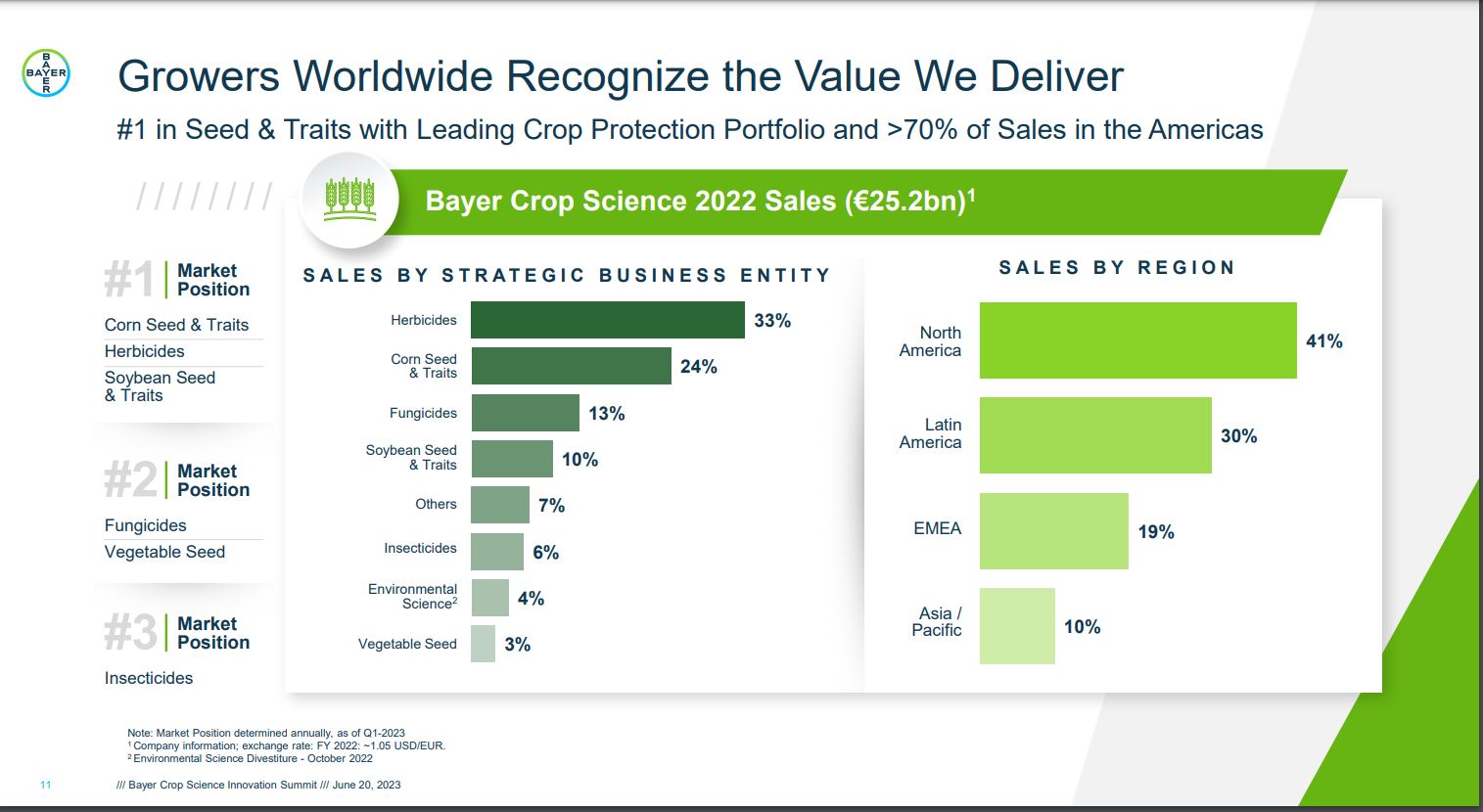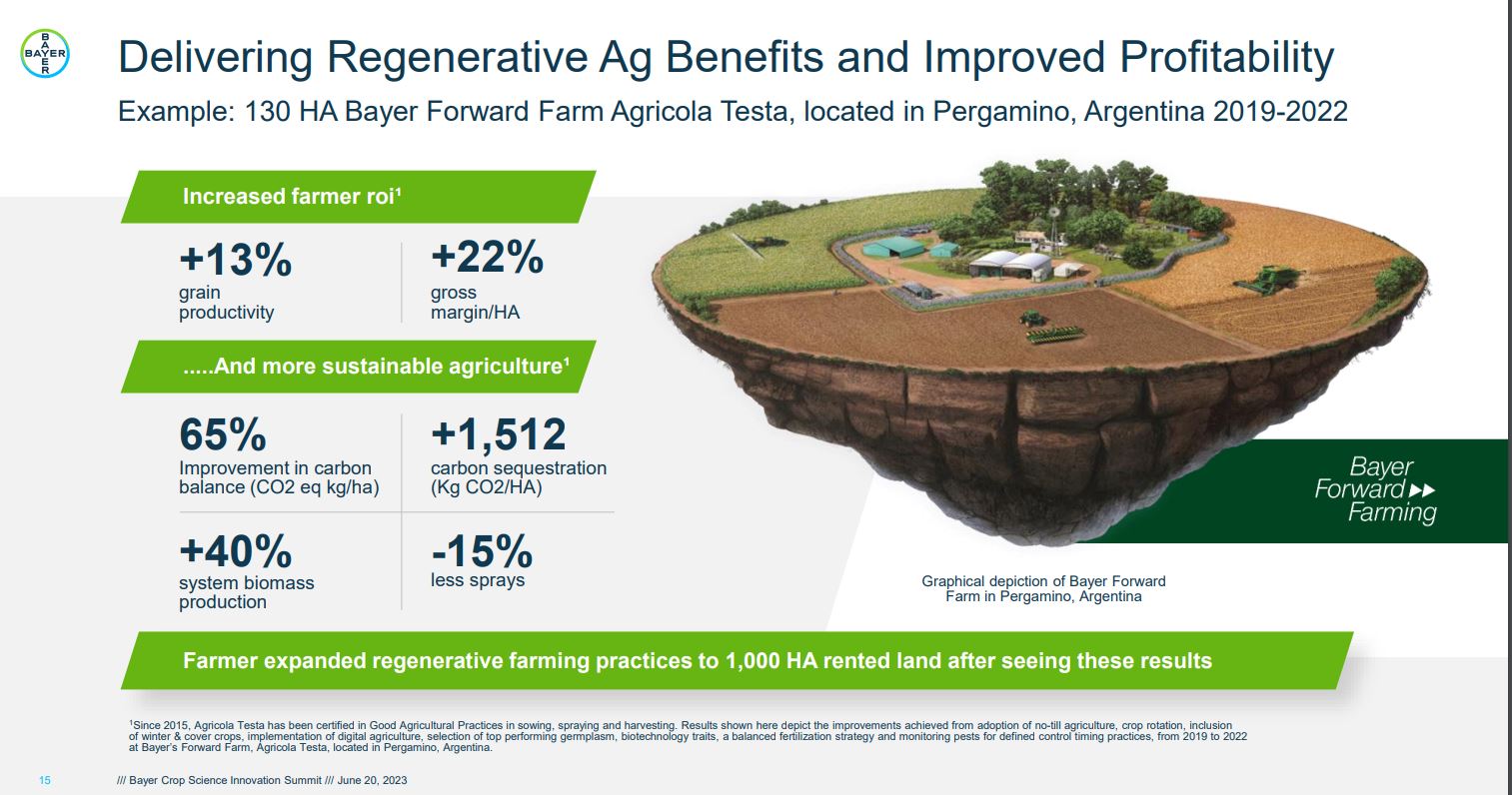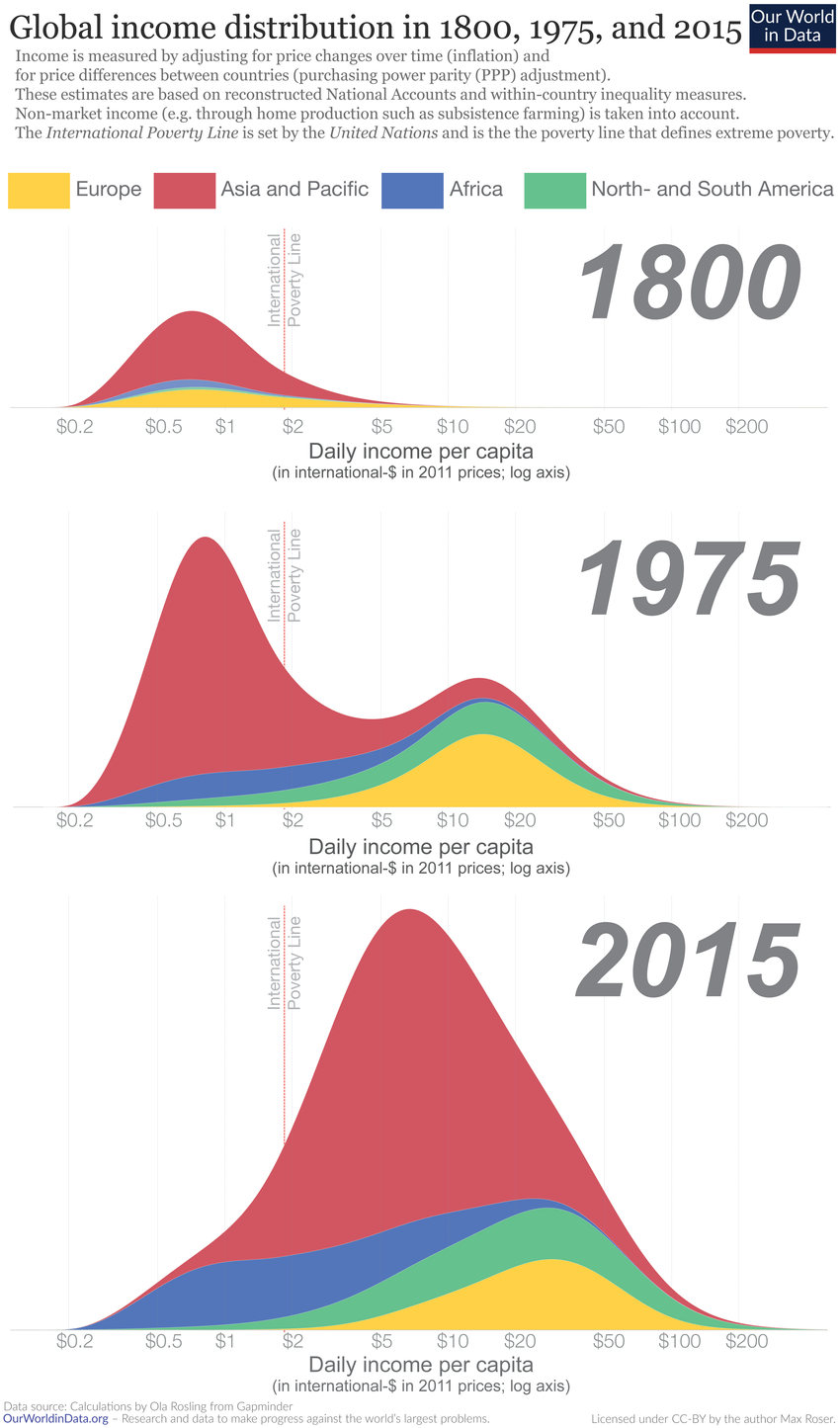|
You
can also view the message online
|
|||||||||||||
 Châtenay-Malabry (FR - 92290), July 24, 2023 EFITA newsletter / 1075 - European Federation for Information Technology in Agriculture, Food and the Environment The informatique-agricole.org site offers you the possibility of subscribing the RSS feeds of its two newsletters See RSS feeds to implement to ensure that you continue to receive this newsletter To unsubscribe this newsletter, please contact me directely: guy.waksman(a)laposte.net if this link Unsubscribe does not work. 
To correspond with me (GW), please use this address: guy.waksman(a)laposte.net To subscribe the efita newsletter (please ask your friends and colleagues to test this link) Efita Newsletters subscription Before computers: Massey Ferguson 35 Weekly newsletters about ICT in Agriculture in English and French Both newsletters have around 5000 subscribers. >>> Last weekly EFITA Newsletters in English (created in 1999) Efita Newsletters >>> Last weekly AFIA Newsletters in French (created more than 20 years ago in 1997) Afia Newsletters >>> Statistics for the latest efita newsletter >>> Latest issue of the afia newsletter >>> Latest available satistics for the afia newsletter Helping Herself, by Pierre-Édouard Frère (1819–1886) The Young Cook, by Pierre-Édouard Frère (1819–1886) I do not provide any longer you with the URLs of the papers that I discovered on the web. It is too much work! Please, use your favorite search engine to access the papers you are interested in. There is still time to Register for Tech Hub LIVE! (It was possible when I prepared this newsletter, sorry!) July 24-26 in Des Moines, Iowa Don’t Miss Out on the Premier Event Advancing Tech-Enabled Agriculture this July 24-26 in Des Moines, Iowa. Grow your network, meet up with industry peers, and gain valuable insights that can bring immediate value to your business. Join Ag Robotics Leaders at FIRA USA 2023 More 2,000 participants and ag leaders will gather at the Salinas Sports Complex September 19-21 for an up-close look at ag robotic solutions in action. How did we see the future yesterday?? See the incredible collection developed by Alain Fraval La Prière du soir (1857), by Pierre-Édouard Frère (1819–1886), Rijksmuseum Amsterdam
La Petite Gouvernante (1857), by Pierre-Édouard Frère (1819–1886), Baltimore, Walters Art Museum FutureFarming.com > Setting drone spraying standards Experts are working together to standardise the rules and guidelines regarding the construction and use of spray application drones. > Honest Agtech: Dutch robot builder Honest AgTech declared bankrupt Dutch robot builder Honest AgTech was declared bankrupt by the District Court of Noord-Holland, The Netherlands. > Hightechair System: Twin fluid nozzle widens application windows on large UK farm G.H Parker’s spraying, Agrifac’s HighTechAir system has proven invaluable in prolonging application windows. > TuberSense: A nose for potato diseases: TuberSense enters advanced testing phases B-hive Innovations, an innovative agri-tech business, has made significant progress in developing TuberSense. > In-row weeders: Demonstration showcases the skills of new in-row weeders A recent demonstration in The Netherlands showcased the capabilities of five smart in-row weeders. > Drever 120: Swedish institute build tractor Drever 120 with battery swap system The electric autonomous agriculture machine Drever 120 was shown during the Borgeby Fältdagar in Sweden. > Sustainable agriculture: McKinsey & Company: sustainable agriculture at a crossroads McKinsey & Company released new research revealing that sustainable agriculture practices offer a return on investment (ROI). > Demonstration highlights the versatility of the brand-new Naïo Orio Naïo showcased the market-ready version of their Orio autonomous implement carrier for the first time. > John Deere: John Deere moves further in the field of autonomy Several technologies has helped John Deere’s objective to develop a fully autonomous tractor and tillage system > Tomato harvest robot: Tomato harvesting robot after upgrade ‘eight times faster’ Robot developer inaho Europe has developed a new version of its tomato harvesting robot. > Electric loader: JCB launches zero emission 403E compact electric loader JCB is introducing its first full electric wheeled loader with low noise and zero-emission operation. > Spraying technology: Twin fluid nozzle widens application windows on large UK farm G.H Parker’s spraying, Agrifac’s HighTechAir system has proven invaluable in prolonging application windows. > TuberSense: A nose for potato diseases: TuberSense enters advanced testing phases B-hive Innovations, an innovative agri-tech business, has made significant progress in developing TuberSense. > Honest AGTECH: Dutch robot builder Honest AgTech declared bankrupt Dutch robot builder Honest AgTech was declared bankrupt by the District Court of Noord-Holland, The Netherlands. > Farmers unaware of the invaluable value of their collective data, by Geert Hekkert, Chief editor of Future Farming In modern agriculture, data is considered the most valuable harvest of the future. The world’s largest data platforms for crop growers, Climate FieldView, Farmers Business Network (FBN), and GeoPard Agriculture, play a crucial role in collecting and analyzing this invaluable information, aiding farmers in making critical cultivation decisions. However, a vital question arises: who owns these digital fields, and to what extent can farmers trust the independence of these platforms? One prominent player, Climate FieldView, is owned by the chemical giant Bayer. While this platform offers many benefits, farmers may wonder if the profit motives of a multinational corporation could influence the analyses or recommendations provided through FieldView, raising doubts about whether their data is being utilized solely for their benefit or for others. >> Data platforms in private ownership better? On the other hand, FBN and GeoPard Agriculture have no apparent ties to major corporations or suppliers (as far as we know). This allows farmers to place their trust in analyses that are solely focused on their advantage. However, we must not forget that even these platforms could eventually be acquired or go public, potentially compromising their independence. >> A future where data serves farmers and not the other way around. The farming community can address this challenge by striving for a cooperative approach to data ownership. Just like in the past, when cooperatives were formed for processing milk or sugar beets, a farmers’ data cooperative would act as a robust shield, protecting them from external influences while enabling them to collectively benefit from data analyses. Moreover, when third parties such as governments or suppliers seek insights from a portion of their collective data, farmers can decide whether they wish to share it and at what price, maintaining full transparency. >> Masters of their digital virtual fields In a world where data is the new gold, farmers must view themselves as masters of their digital virtual fields. The choice is theirs: do they sow trust and collaboration in a cooperative environment, or do they surrender their precious data to external parties with potentially conflicting interests? Let us remember that those who sow will ultimately reap. > Test Isobus systems part 2: seeding with a prescription map, too difficult > Test of Isobus systems part 1: evaluating basic functions on 7 tractor brands > Want to know which tractor is best for precision farming? > Stay hooked and read Part III of our big Isobus test next week with the final conclusions. > An unbiased platform for precision agriculture > Climate FieldView: the journey so far > OneSoil: a handy free fieldmap and scouting app > How the use of data promoted an average farmer to one of the best? > Drones: Drones will fly for hours and carry much larger loads Drones will significantly improve agriculture, leading Australian drone expert Paris Cockinos expects: “In 2014 a drone could fly for around 8 minutes. Today, a drone can fly 40 to 50 minutes. By 2030, they will fly for three to four hours, still using batteries.” > Drones: Drones successfully deployed to deter geese on 1,000 hectares of grassland Learn how drones are revolutionizing the prevention of crop damage caused by geese in a comprehensive trial. > Tomato harvest robot: Tomato harvesting robot after upgrade ‘eight times faster’ Robot developer inaho Europe has developed a new version of its tomato harvesting robot. >John Deere: John Deere moves further in the field of autonomy Several technologies has helped John Deere’s objective to develop a fully autonomous tractor and tillage system > Field robots: Demonstration highlights the versatility of the brand-new Naïo Orio Naïo showcased the market-ready version of their Orio autonomous implement carrier for the first time. >Electric loader: JCB launches zero emission 403E compact electric loader JCB is introducing its first full electric wheeled loader with low noise and zero-emission operation. > Test of Isobus systems part 1; evaluating basic functions on 7 tractor brands As part of a big tractortest, we have tested the Isobus-systems on 7 tractor brands. We tested all functions. > Smart farming: Exploring technological advancements in Australian and New Zealand Farms Our Future Farming correspondent, Maxence, an expert in robotic and new agricultural technologies, embarks on a journey to Oceania to discover farmers utilizing cutting-edge technology such as robots and autonomous tractors. > Tools & Data: OneSoil: a handy free fieldmap and scouting app The OneSoil app gives you access to field maps and various field data based on satellite imagery. > Weed/Pest control: European Commission prepares behind-the-Scenes extension of Glyphosate use Recent documents released by environmental organization Pesticide Action Network (PAN Europe) have shed light on the European Commission's plans for a renewal of the approval of glyphosate. > Field robots: An unbiased platform for precision agriculture GeoPard Agriculture acts as an independent platform for precision agriculture. “That is probably the biggest difference with larger competitors in the market”, CEO Dmitry Dementiev points out. “We are unbiased.” > Machinery: Claas reveals details of the brand new 650 hp Xerion 12.650 Claas expands its Xerion series with two new tractor models: the 12.590 and 12.650. These tractors feature a newly designed hood a powerful 15.6-liter Mercedes-Benz engine, paired with a CMatic continuously variable transmission. > Machinery: USA equipment dealer implements AI for farmer service and support Torgerson's, a prominent Case New Holland equipment dealer in the US, has partnered with AGvisorPRO Inc to enhance their maintenance and service operations using AI-driven technology. > How drones make rock-picking more efficient US company TerraClear uses drones to show farmers the exact location of rocks in their fields. > Tech in focus: UK takes the lead in autonomous ag-operations with Introduction of Code of Practice The United Kingdom has become the first country in Europe to implement a Code of Practice for the use of autonomous mobile machinery (AMM) in agriculture and horticulture. > Field robots: German study identifies two field robots perfect for potato cultivation German study: the best field robots available on the European market for potato cultivation are the Robotti LR and Robotti 150 D. > Smart farming: New tool predicts crop yields in the southeast of the USA Researchers have developed a computer model that forecasts yield for four key crops in the southeastern United States. > Field robots: AgroIntelli Robotti utilizes camera technology for crop monitoring The AgroIntelli Robotti 150D is equipped with an advanced camera system for precise hoeing and plant counting. > Field robots: Kuhn to unveil multifunctional field robot at Agritechnica 2023 French machinery manufacturer Kuhn has announced its plans to launch their Karl field robot at Agritechnica 2023, scheduled to take place from November 12th to 18th in Germany. > Tools & Data: Climate FieldView: the journey so far Seven years after launch, Bayer’s data platform Climate FieldView is going strong, now available in 23 countries. It’s currently used on over 220 million subscribed acres in the US, Brazil, Canada, Argentina, Ukraine, South Africa, many European countries and beyond. See futurefarming.com Supper Time, by Pierre-Édouard Frère (1819–1886), Birmingham Museums Trust Réparateur de porcelaine (1871), by Pierre-Édouard Frère, musée d'Art d'Auckland globalagtechinitiative.com >Technology Can Make Agriculture More Accessible to Young Farmers The ag sector can make farming more accessible by encouraging remote learning, helping share industry knowledge, and broadening the reach of smart technology. > Voices of Women in Ag Tech: Ambassador Profile on Carolyne Vowell We bring you exclusive insights from our inspirational ambassadors and other women leading the way forward in ag tech. > New Agtech Partnership Harnesses AI and Satellites to Enhance Grassland Farming From Space A world-first technology breakthrough that could revolutionize grassland farming has been announced by Origin Digital and Aspia Space. > Platform Ecosystems: Enabling Agriculture to Invert the Firm The benefits of collaborating through data have become too valuable to ignore, says contributor Reinder Prins. > Voices of Women in Ag Tech: Ambassador Profile on Hylon Kaufmann We bring you exclusive insights from our inspirational ambassadors and other women leading the way forward in ag tech. > SVG Ventures|THRIVE and NEC X Partner to Incubate Novel Solutions in Agrifood The partnership aims to bridge the gap between agtech entrepreneurial ecosystems and NEC X's venture-building capabilities. > GeoPard Agriculture and Eurasia Group Kazakhstan Form Strategic Partnership to Advance Precision Farming in Central Asia Partnership aims to bring the new GeoPard Agriculture solution to the markets of Kazakhstan and Kyrgyzstan. > Tackling New Technology Part of the Territory for Pome Fruit Growers Today Learn how three Michigan apple growers have experimented with various ag technologies still in development. > Q2 2023 AgTech Venture Capital Investment and Exit Round Up The number of AgTech startups that have raised venture capital has grown now for three straight quarters, according to market expert Kyle Welborn. > Voices of Women in Ag Tech: Ambassador Profile on Patricia Stock We bring you exclusive insights from our inspirational ambassadors and other women leading the way forward in ag tech. > Platform Ecosystems: Enabling Agriculture to Invert the Firm The benefits of collaborating through data have become too valuable to ignore, says contributor Reinder Prins. > Aurea Imaging Launches World’s First Tractor-Mounted Sensor for Precision Orchard Management Powered by AI and high-definition 3D computer vision, TMS Tree Scout helps fruit farmers optimize their orchards at the individual tree level. See globalagtechinitiative.com
NFT and Bitcoin down No newer funds No correlation between street troubles and stock market / economical activity (in France) Rare Earths Rise Circular Economy of Rare Earths Becoming Richer As Miami Mayor Richer Malaysia Bitcoin High and Low More US Business Failures Long Island Without Multifamily Units
A first thought for today It has been said that a pretty face is a passport. But it's not, it's a visa, and it runs out fast. Julie BURCHILL, writer and journalist (1959-) A second thought for today There is no greater fallacy than the belief that aims and purposes are one thing, while methods and tactics are another. Emma GOLDMAN, social activist (1869-1940) A third thought for today I shall live badly if I do not write, and I shall write badly if I do not live. Francoise SAGAN, playwright and novelist (1935-2004) A fourth thought for today Since when do we have to agree with people to defend them from injustice? Lillian HELLMAN, playwright (1905-1984) La Préparation du dîner (1858) ), by Pierre-Édouard Frère, Baltimore, Walters Art Museum La Petite Cuisinière (vers 1858), by Pierre-Édouard Frère, New York, Brooklyn Museum Fear Distraction: Corporate Europe Observatory, by By David Zaruk, March 6, 2023 One of the leading voices in the activist campaign against gene-edited seeds and agricultural technologies in general is Corporate Europe Observatory (CEO). In the last three years, they have released 26 reports or campaigns against agrotechnology. Their report, claiming that new plant breeding technologies were simply GMO 2.0, was widely cited in the 2018 campaign to get the Court of Justice of the European Union to rule that gene-edited innovations would have to fall under the EU’s restrictive 2001 GMO Directive. See european-seed.com Improving soil could keep world within 1.5C heating target, research suggests, by Fiona Harvey, Environment editor, 4 Jul 2023 Better farming techniques across the world could lead to storage of 31 gigatonnes of carbon dioxide a year, data shows. Marginal improvements to agricultural soils around the world would store enough carbon to keep the world within 1.5C of global heating, new research suggests. Farming techniques that improve long-term fertility and yields can also help to store more carbon in soils but are often ignored in favour of intensive techniques using large amounts of artificial fertiliser, much of it wasted, that can increase greenhouse gas emissions. Using better farming techniques to store 1% more carbon in about half of the world’s agricultural soils would be enough to absorb about 31 gigatonnes of carbon dioxide a year, according to new data. That amount is not far off the 32 gigatonnes gap between current planned emissions reduction globally per year and the amount of carbon that must be cut by 2030 to stay within 1.5C. The estimates were carried out by Jacqueline McGlade, the former chief scientist at the UN environment programme and former executive director of the European Environment Agency. She found that storing more carbon in the top 30cm of agricultural soils would be feasible in many regions where soils are currently degraded. .../... See theguardian.com Sustainability: offshore floating wind farms, environmental benefits throughout the life cycle A research paper by Politecnico di Milano in the international journal Sustainable Production and Consumption analyses a floating wind farm off the coast of Sicily. See sciencedirect.com What Could Go Right? 50+ animal comebacks, by Emma Varvaloucas We are now seeing the results of conservation efforts to save endangered species. It’s widely known that humans have negatively influenced animal populations, driving many species to extinction or near it. Though issues continue through today, our concern and energy around such activity differs greatly from our ancestors of even a century ago, when humans were hunting and fishing with complete abandon. Since around the 70s, governments have given biodiversity protection more priority and NGOs dedicated to it have proliferated, leading to conservation efforts that have actually, in several instances, been successful. We also continue to discover new species—380 between 2021 and 2022—although many of them are endangered. These success stories appear regularly in the news, although they can be hard to spot. Together, however, they lend evidence to the fact that species recovery is an ongoing, global project that we can expect we will only get better at. Below, we have gathered all the “animal comeback” stories from the first six months of 2023. (There would have been more if we had included plants, as well as rewilding and river recovery stories.) All of these triumphs are hard-won, many are delicate, and one or two are too early to call. But they show that we are able, with the right focus, to turn back the clock. The species’ status is included when it was noted by the original coverage. Australia >> Delisted?: Recent research shows that 26 Australian species—14 mammal, eight bird, two frog, one reptile, and one fish—no longer meet criteria to be listed as threatened. Their names are spectacular, including the greater bilby, burrowing bettong, eastern barred bandicoot, and sooty albatross. | The Guardian Australians are rewilding rats—specifically, native bush rats that drive out another species of rat, the black rat, which is invasive. Bush rats aren’t endangered, but their successful reintroduction to a coastal reserve near Sydney Harbor paves the way for “riskier” ones. | Hakai >> Critically endangered: The Victorian grassland earless dragon, last seen 50 years ago and feared extinct, has been refound. Its location is secret as the government prepares conservation efforts and sends out dragon-sniffing dogs to find more of them. | The Guardian Belgium Seal-only zones—and the quiet of the COVID-19 lockdown—have helped seals return to Belgium, where they had disappeared as of 20 years ago. Unlike the red squirrels below, seals are not to be fed if seen! | Euronews. Brazil Ecotourism and other solutions made in relationship with cattle ranchers have helped to grow jaguar populations. Jaguars would have died out if not for tourists, say Brazilian conservationists, because the ranchers were killing the animals for eating their cattle. | Mongabay >> Vulnerable: The three-banded armadillo’s only defense is to roll itself up into a ball. That’s less than useful when it comes to protecting themselves against hunters, who simply scoop them up and sell them. But now their numbers are multiplying thanks to community involvement. | Mongabay Cambodia >> Critically endangered: Hunting drove Siamese crocodiles to the brink of extinction in the early 1990s. Fewer than 200 individuals were rediscovered in the early millennium, and since then, numbers have been growing due to poacher patrols and other conservation efforts, like a new wildlife reserve. | National Geographic >> Endangered: The same folks managing the Siamese crocodile comeback, above, are also breeding royal turtles, which were thought to be extinct until 2000. The latest hatch bore 122 turtles. | The Phnom Penh Post. Ecuador >> Critically endangered: Predators like rodents and feral cats have likely prevented young Pink land iguanas, which live on the Galapagos Islands, from reaching adulthood. Hatchling and juvenile populations have just been discovered for the first time. | Popular Science >> Vulnerable: Another Galapagos win: Darwin’s flycatchers, a bright orange bird, are down to just 15 breeding pairs. But 12 chicks were born this year, the first success since a conservation program began in 2018. | Euronews England Beavers are returning all over England, due to both official efforts and citizen conservationists, so-called “beaver bombers”—also known as “beaver black ops”—who are secretly (and illegally) reintroducing beavers to waterways. Beaver populations are now over a million, up from just over a thousand in 1902. Finland >> Highly endangered: The Finns are delighted to see a high number of Saimaa ringed seal pups born this year, the highest number since the Finnish wildlife service began tracking births. A ban on fishing nets is helping the seals recover. | YLE Hong Kong Overharvesting and lime dredging have destroyed oyster reefs, decimating oyster populations as well as those of several other species that live in these marine habitats. Groups in Hong Kong are working on restoring the reefs and creating new ones, making space for animals like the endangered horseshoe crab. | Mongabay India >> Endangered: More than 10,000 rural women—the “hargila army”—came together to save the Hargila stork through creative strategies, including convincing locals to turn it into a cultural symbol of the area. | The Guardian The conservation of the world’s only Asiatic lion population, in Gujarat, India, has been so successful that the lions became overcrowded, and a court had to mandate some of them to be relocated elsewhere in India. | The Guardian India is celebrating 50 years of Project Tiger, which began in the 70s but didn’t begin to bear fruit until after 2008. Now India is home to the world’s only stable and growing tiger population, with thousands of tigers across 53 reserves. | Christian Science Monitor Indonesia Endangered: In a global first, 500 baby zebra sharks will be released in Indonesia in order to bring back a “self-sustaining wild population.” There is no guarantee it will work, but hopes are high given the young sharks’ home, critically, is one where shark fishing is off-limits. | National Geographic Korea The demilitarized zone between North and South Korea is now surprisingly a wildlife sanctuary, where “38 percent of the endangered species of the Korean peninsula live,” in addition to hundreds of plant species. | BBC Philippines Endangered: Egg stealers turned conservationists are being paid to find five species of sea turtle eggs and turn them over to a program that reburies them in protected areas. | Reuters (The United Arab Emirates is also working on rescuing sea turtles.) Portugal and Spain After a parallel reintroduction program in the two countries, the Iberian lynx is “bounding toward recovery,” pulling rabbits along with it. | Biographic Scotland It’s red versus grey in Scotland, where red squirrels were slowly being wiped out by their grey counterparts. Now the red squirrel population is “thriving,” and locals are encouraged to feed the red squirrels if they see them, to continue boosting their numbers. | BBC The Saving Wildcats Project released four wildcat kittens into the wild this year, in a bid to save them from extinction. The plan is to eventually release 20 every year. This one can’t be counted as a success quite yet, though. | BBC Senegal Only a few hundred, at best, West African lions remain. In a national park in Senegal, 29 of these lions are monitored closely. When one, Florence, disappeared, officials feared she may have been poached. Surprise! She had been caring for three newborn cubs, giving hope that the lion population will continue to expand. | The Guardian Uganda >> Endangered: Elephants, rhinos, buffalos, and mountain gorillas are all steadily recovering after the government enacted conservation policies post-1980s. | Reuters United States >> Threatened: The Fender’s blue butterfly was thought extinct until 1989. Now it has the official OK from the US Fish and Wildlife Service to be classified as “threatened,” rather than “endangered.” Their numbers are now in the tens of thousands. | Statesmen Journal >> Delisted: A sparrow (as well as four plant species) unique to San Clemente Island in California has been “delisted from protective status” by the US Fish and Wildlife Service. The Navy, which manages the island, removed the goats that were destroying the ecosystem in the 1990s, paving the way for success. | KPBS >> Endangered: Twenty-five years ago, the Mexican wolf was nearly extinct. Wolves raised in captivity were released for the first time into the wild in 1998, and today, the population is about 100 wolves short of reaching the goal that would move them from “endangered” to “threatened.” | Cronkite News >> No longer endangered?: The US Fish and Wildlife Service is also considering removing the wood stork, which lives primarily in Florida, from the endangered list now that 10,000 breeding pairs have been counted. | NPR >> Endangered: The blue whale population is now at 97 percent of their pre-whaling numbers! | One Green Planet See theprogressnetwork.org Government-issued wartime educational poster encouraging Americans to eat more cottage cheese in place of meat, 1917. Source: Smith Collection/Gado/Archive Photos Cotton gene-editing could pave a new path for production According to a Texas A&M AgriLife news release, the university’s novel cotton-gene editing project will focus on enhancing cotton plant resistance to insect pests — paving a way for plant protection. Using gene-editing technology, the researchers are working to remove a characteristic to make plants more resistant to pests, marking a giant leap in new methodologies designed to protect plants from insects and other threats. .../... See agdaily.com European Commission set to propose an overhaul of rules for gene-edited crops, by Anthony King, 30 June 2023 A leaked document has revealed that the European Commission is set to recommend a radical rethink of how the EU regulates some genetically engineered crops. This would mean light or no regulation for gene-edited crops with DNA changes that could have occurred in nature. The commission had previously concluded in 2021 that current EU legislation for new genomic techniques (NGTs) is not fit for purpose. Such techniques could reduce the use of pesticides on crops, allow crops to be better adapted for warmer climates or generate plants more resistant to pests and diseases. EU regulations currently demand that plants with changes introduced by Crispr gene editing go through an onerous and expensive approval process. This places them on a par with genetically modified organisms (GMOs), which can contain genes introduced from entirely different organisms – transgenes. .../... Plant scientist Agnes Ricroch at the University of Paris-Saclay and French Academy of Agriculture in France, welcomed the proposal, pointing to the Russian invasion of Ukraine and its impact on food supply in Europe, as well as the need to adapt crops for new climate conditions. ‘We need to increase yields for wheat, corn, rapeseed, sunflower,’ she says. ‘NGTs can accelerate the process of breeding, though it will still take time.’ She notes that climate change is bringing new pests and diseases into Europe and farmers will need new crop varieties. She adds that the proposals would encourage plant scientists to innovate and perhaps launch biotech start-up companies. .../... See chemistryworld.com Most ‘happiness hacks’ are unproven Researchers looked at almost 500 happiness studies through a “post-replication-crisis lens” and found little solid evidence that three activities often recommended to boost mood — exercise, spending time in nature and meditating — actually do so. “The evidence just melts away when you actually look at it closely,” says psychologist and study leader Elizabeth Dunn. There was better support for two other approaches to attaining happiness: expressing gratitude and pursuing more social interaction. See wsj.com Too expensive rents Successful Mexican Exportations To US Oil and Gaz in the Artic Heat pumps in Europe LGBT Rights Conspirationist vision of the World: You can always be more conspiratorial than your interlocutor More strikes, not only in France Declining Pays of Hollywood Writers Do you want rupees?
Le jour froid (1858), by Pierre-Édouard Frère Baltimore, Walters Art Museum La petite couturière, (1858), ), by Pierre-Édouard Frère Baltimore, Walters Art Museum. Dementia risk linked to protein imbalance Abnormal levels of certain proteins — most of which have functions unrelated to the brain — could be an early hallmark of Alzheimer’s disease. In a decades-long study of more than 10,000 people, unbalanced levels of 32 proteins during middle age were strongly associated with an elevated chance of developing dementia in later life. Some of the proteins showed changes only in blood plasma but not in brain tissue, which suggests that “mechanisms below the neck could also play a role”, says neurologist Nicholas Seyfried. See nature.com AI could help to forecast extreme weather Two algorithms have demonstrated the potential for artificial intelligence (AI) to make faster and more accurate weather forecasts. Pangu-Weather, trained on 39 years of weather data, can retrospectively predict global temperature, pressure and wind speed a week in advance. It’s 10,000 times faster and no less accurate than making predictions on the basis of an understanding of physics. NowcastNet combines deep-learning methods with physics equations to give local predictions of heavy rain up to three hours in advance. The meteorologists who tested NowcastNet judged it to be better in most cases than four leading ‘nowcasting’ systems. AI could help make better weather prediction cheaper and more widely available, and could one day attempt other complex predictions, such as the spread of wildfire smoke. Human oversight will be key, note atmospheric scientists Imme Ebert-Uphoff and Kyle Hilburn in the Nature News & Views article: the systems can struggle with extreme events, which are more likely to occur in a changing climate. See thedailybeast.com A circular economy for rare-earth elements The market for valuable rare-earth elements is “a ‘zero sum’ game, in which one nation’s or company’s gain is another’s loss”, write a group of environmental management and resource economics researchers. They propose rethinking the industry to meet the soaring demands of clean-energy technologies, without damaging the environment. Policies and programmes need to encourage recycling, recovery and tracing of rare-earth elements, and the supply chain needs to be reworked to build “win–win alliances and a global circular economy”, they write. See nature.com Hunger, poverty and disease stalk India’s slum population as sustainable development goals ignored, by Ritwika Mitra, May 16, 2023 .../... The New Delhi-based advocacy group Housing and Land Rights Network (HLRN) documented that central and state governments demolished over 36,400 homes and evicted over two hundred thousand people across rural and urban India in 2021. Preliminary findings of the HLRN between January to July 2022 showed over 25,800 homes were demolished, affecting at least affecting one hundred thousand people. Dinesh Parmar from the Centre for Labour Research and Action which promotes workers’ rights in the informal sector, pointed out that every time there is a demolition, it sets back people. “People have to reinvest in children’s education. Plus, they are always worried about what will happen if slums are demolished while they are at work.” “Society pushes the workers to the fringes. They are unwanted in cities though their labor is exploited,” said Parmar, adding that those who come to the cities to work should not be driven out. See allianceforscience.org Connecting Japan’s Farmers to the World In Support of Sustainable Agriculture, by Shuichi Tokumoto, June 15, 2023 I want to be the most influential farmer in the world. The first step is for me to become the most influential farmer in my native Japan. As farmers, we are professional businessmen and women who produce the food our families, communities, and the world needs. To support my work as a Japanese farmer, I recently founded the Japan Biotech Crop Network. Our mission is to build a stable and sustainable supply of food and feed for our country while reducing the burden that agriculture puts on the environment. We will accomplish this through honest conversations about sound science and smart technology, leading to policy recommendations that serve the long-term interests of farmers and consumers. …/… See globalfarmernetwork.org Russian Agricultural Power Less inflation
The creation of this efita newsletter is sponsored by Acta Digital Services and its distribution by vitisphere.com Please, contribute to the content of your efita newsletter, and advertise your events, new publications, new products and new project in this newsletter. Without your support, it will not survive! Contact: Guy WAKSMAN E-mail: guy.waksman(a)laposte.net To read this newsletter on our web site See Efita The archives of this newsletter See Efita About the EFITA mailing list You can use the efita moderated list (> 15000 subscribers) to announce any event / product / web site / joke (!) related to IT in agriculture, environment, food industry and rural areas. If you want to subscribe a friend, please fill in his form. If you do not wish to receive our messages, please fill in the following form...
|








